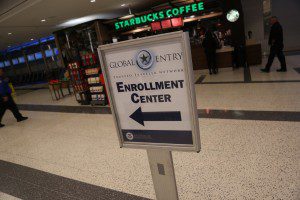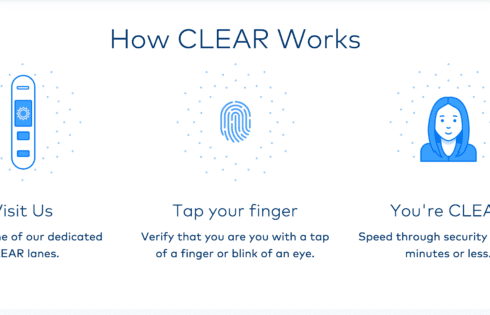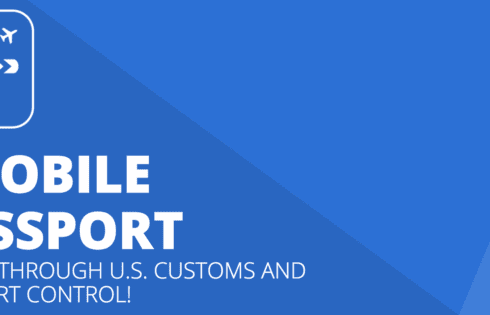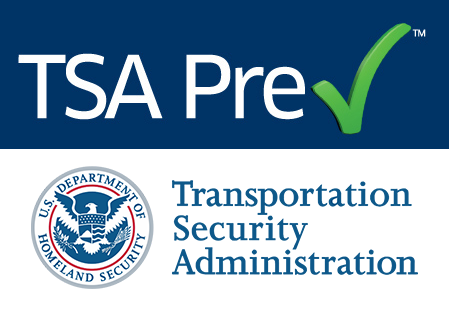
Global Entry Allowing Interviews for Arriving Passengers at Select Airports
Big news for any Houstonians and some others trying to get Global Entry. Global Entry is now allowing applicants to take care of their “interview” when arriving through immigration at



